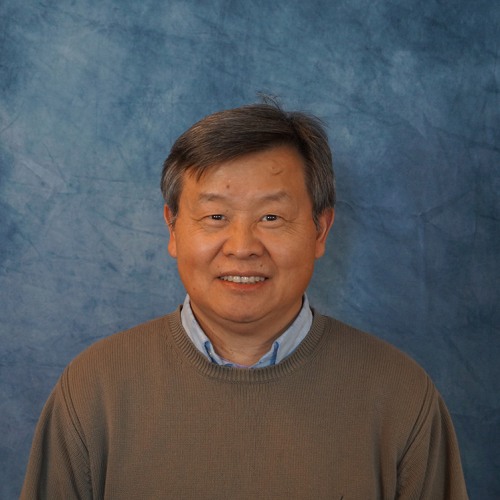PROVIDENCE, R.I. [Brown University] — The U.S. Department of State and the J. William Fulbright Foreign Scholarship Board have selected Brown University professor Xinsheng Sean Ling as a 2025 Fulbright U.S. Scholar.
Fulbright Scholar Awards are prestigious and competitive fellowships that provide unique opportunities for scholars to conduct research and teach abroad. Ling, a professor of physics, will travel to the University of Buenos Aires to investigate a longstanding question about phase transitions in a special class of superconductors — materials that conduct electricity with zero resistance in strong magnetic fields. 
These “type-II” superconductors are already used in medical imaging and certain types of high-speed trains, and could one day be used in energy storage devices and more efficient power grids.
“I’m excited to work with Professor Gabriela Pasquini at the University of Buenos Aires,” Ling said. “Both of our labs have studied what’s known as the peak effect problem in type-II superconductors, and now we have an opportunity to join forces and revisit this puzzle together.”
In type-I superconductors, such as aluminum, a strong magnetic field can completely destroy the superconducting state. But type-II superconductors, such as niobium and copper oxide-based materials, behave differently. In these materials, magnetic fields penetrate in the form of tiny vortices — microscopic tubes of magnetic flux quanta surrounded by circulating superconducting currents. These vortices are confined to small regions, allowing the rest of the material to remain in the superconducting state and continue carrying current with zero resistance.
The peak effect problem that Ling and Pasquini will explore involves a strange and counterintuitive phenomenon: as the strength of the magnetic field increases, there comes a point just before superconductivity breaks down when the material’s ability to carry current briefly improves. This peak in performance appears to be tied to how the magnetic vortices arrange themselves inside the superconductor. Ling and Pasquini aim to determine whether this change in the vortex structure during the peak effect is a true phase transition, similar to how a solid melts into a liquid.
“There’s a famous theorem — the ‘Imry-Ma theorem’ — that says systems like this with impurities shouldn’t undergo real phase transitions,” Ling said. “But studies conducted independently by my group at Brown and Professor Pasquini’s group indicated there might, in fact, be a true phase transition at play.”
The researchers hope their renewed collaboration will not only reveal new insights into how superconductors work, but also contribute to a deeper understanding of phase transitions in complex systems throughout nature.
Ling is also looking forward being immersed in Argentine culture.
“During the past few years, my wife and I became acquainted with the Argentine tango, a physical activity keeping us healthy and happy,” he said. “So visiting the birthplace of Argentine tango is also a big draw for me.”